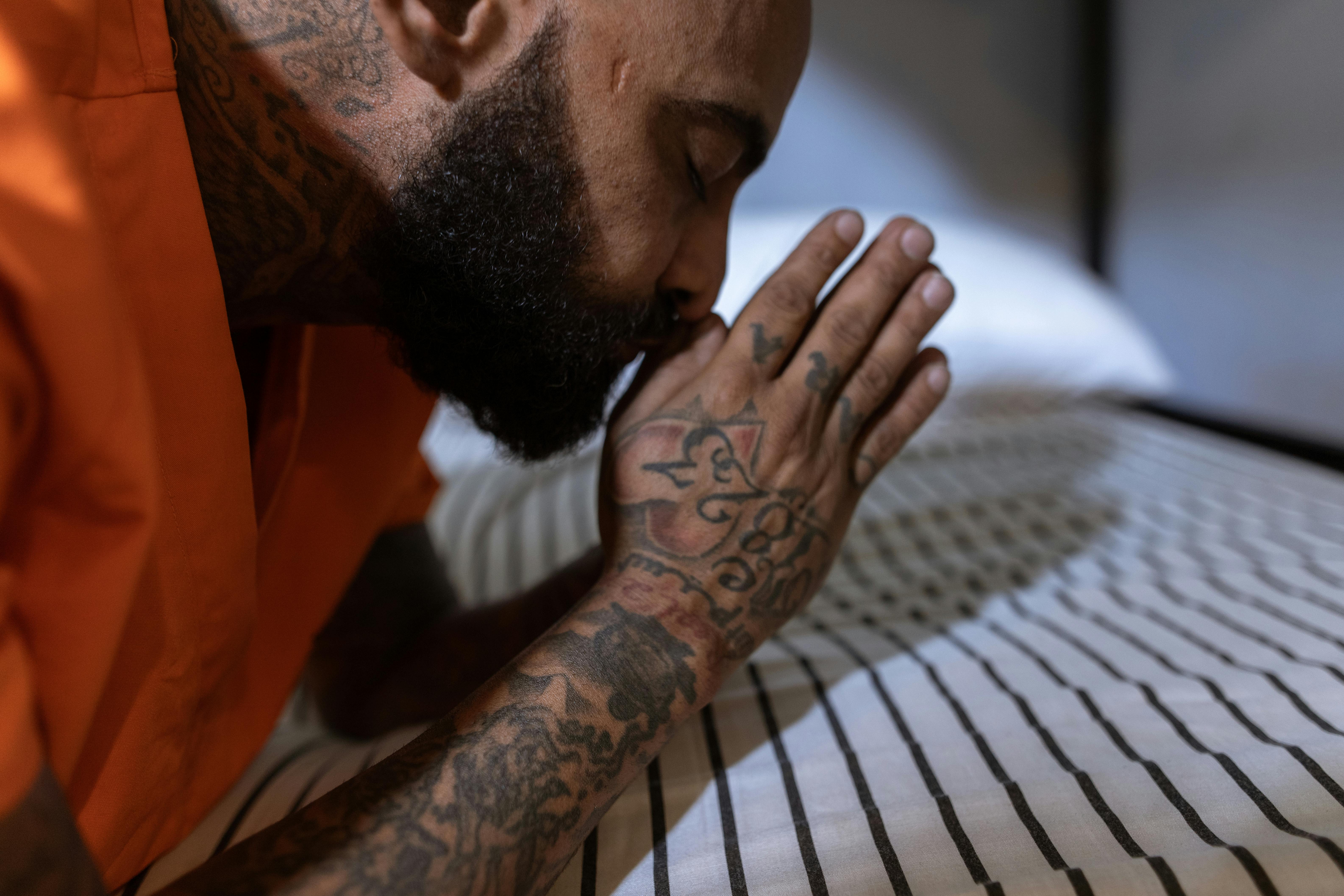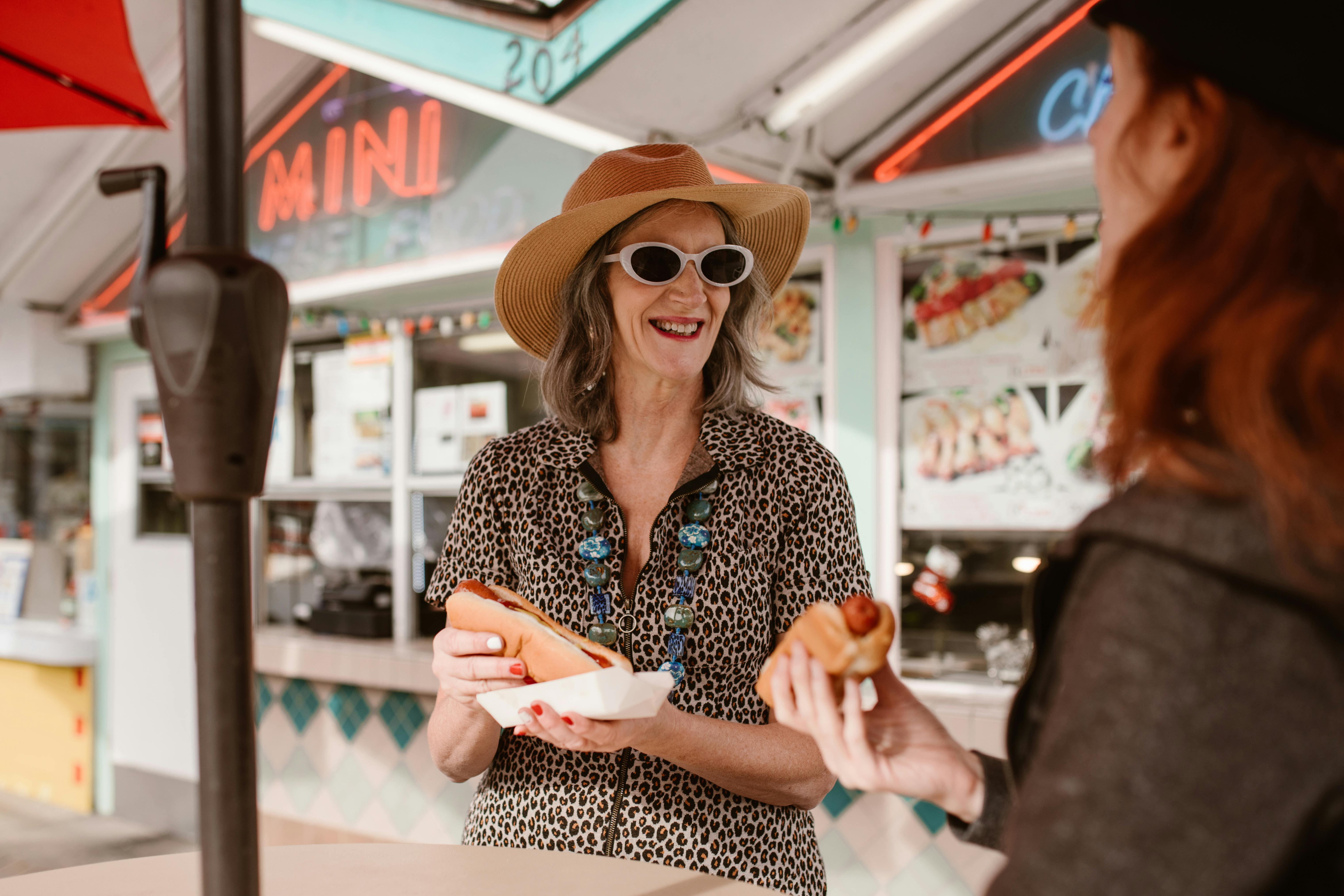Marriages have always been the most important celebration in all religions, regions, communities and castes. The essence of marriage remains the same, with the only difference being the rituals and customs by which the marriage ceremony is performed. There are many regions, communities, and states in India, and each group has its own way of celebrating their marriage. Kashmir is a place that has been famous for its beauty, with the addition of knowledge and ethnicity in the panits presenting their so-called Kashmiri Pandits.
Marriage in Kashmiri Pandits is decided after matching the horoscopes of the future bride and groom. The caste, standard and background of the families are also combined for a perfect match. The time and date of the marriage are then fixed in consultation with the priest, who announces the auspicious date according to the best mahurat. The rituals followed in a Kasmiri Pandit marriage are:
Pre-Wedding Rituals:
Kasamdry: It is the formal commitment of the couple in a temple, after both families of Kashmir establish the alliance. The ceremony is performed according to the date set by the Kashmiri pandita. Flowers are exchanged between families, to show acceptance of the partnership, while the bride and groom exchange rings with each other. Kashmiri food from the bride’s side is served to the relatives and friends present from both sides.
Livun: It is any day before the marriage, when the house is cleaned in the traditional way, water and mud are applied to the whole house. The same process takes place in both houses. The bua or the sister of the father of the bride and groom prepares a special dish called var, and distributes it among family members and neighbors, as she is given cash as a form of shagun. Likewise, in the backyard of the house, the clay and water kitchen is also established, where the cook prepares the typical dishes for all the ceremonies and functions.
Maenziraat: It is the ritual, where the doors of the house of both the bride and groom are decorated by their aunts, after which the bride takes a holy bath, and designed heena is applied to her hands and feet. The night is celebrated with many traditional dances and songs in both respective houses. The mehandi or heena is also applied on the hand of the Kashmiri pandit groom, as a sign of purity and blessing by the elders.
Yagneopavit: It is the thread ceremony, where the groom is made to wear a sacred thread or Janev.
Divagone: This is the ceremony that marks the transformation of the bride and groom from their brahamcharya life to grahast life. In this, they worship the idols of gods Shiv and parvati, to seek their blessings for their happy married life. The rituals are practiced in the respective homes of the bride and groom, the customs are carried out by the priest. Also, the gifts to be given to the bride at her marriage are placed before the sacred fire. A gold ornament called dejaharu, along with other gold ornaments, is given to the kahmiri pandit bride, signifying that she is ready for her marriage.
Wedding day rituals:
The bride and groom dress in their traditional attire, called Pheran. The groom after getting ready moves with the procession to the wedding venue where he is received by the bride’s family in a grand manner. The mother and other older women of the bride’s family welcome the groom and his relatives with traditional arti and conch blowing. The food menu has the traditional vegetable items, ranging from 21-25, with no non-veg in or around the wedding hall.
The bride is taken by her maternal uncle to the wedding venue, where both the Kashmiri Pandit Bride and the groom see each other in the mirror, after which they can eye-match. Then the sacred ritual of seven pheras is performed around the fire goddess, taking the first phera by stepping on the seven one rupee coins. This marks the completion of the marriage, after which dinner is served.
Post-Marriage Rituals:
The bride, after changing her sari and jewelry, goes to her husband’s house, where she receives a huge welcome from her new family. Gar Atchun is a formal reception given after marriage. By the family of the bride, where both the bride and groom receive gifts and sweets, and a large non-vegetarian meal is prepared for the guests, after which the couple moves home to lead a happy married life.



